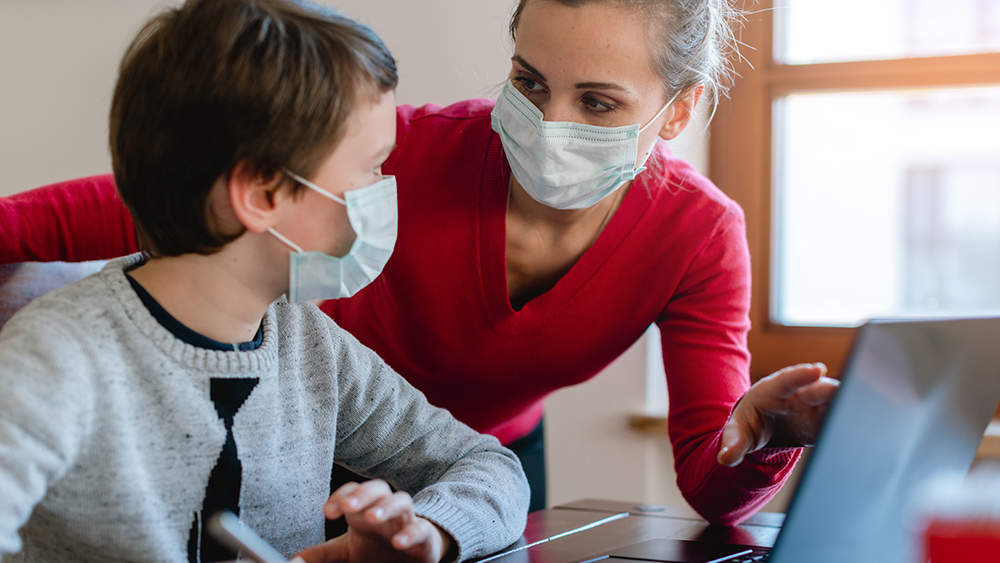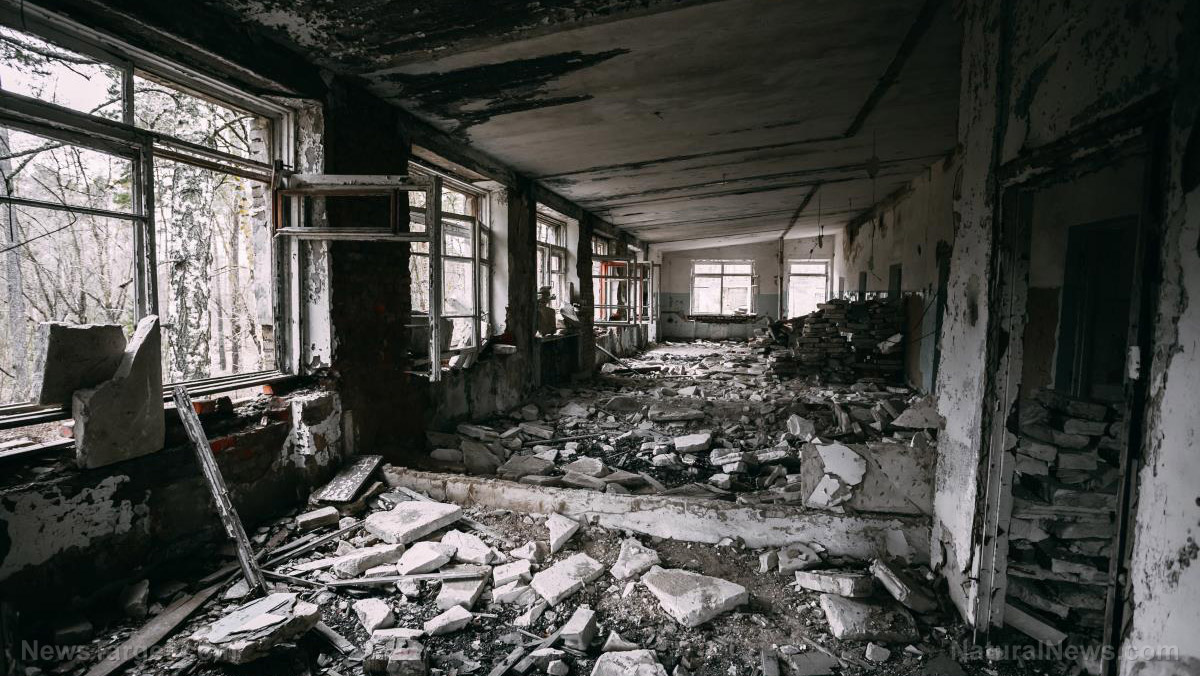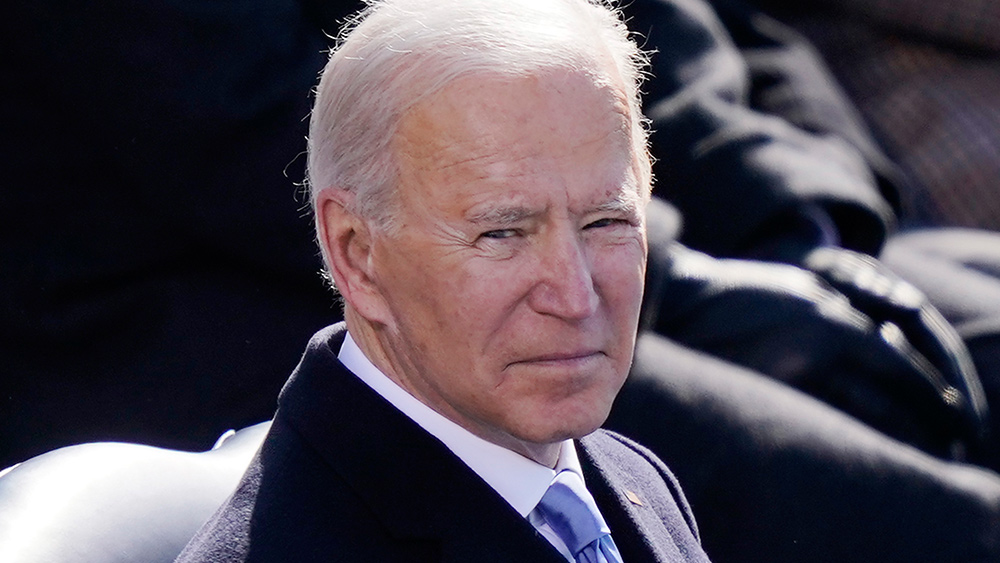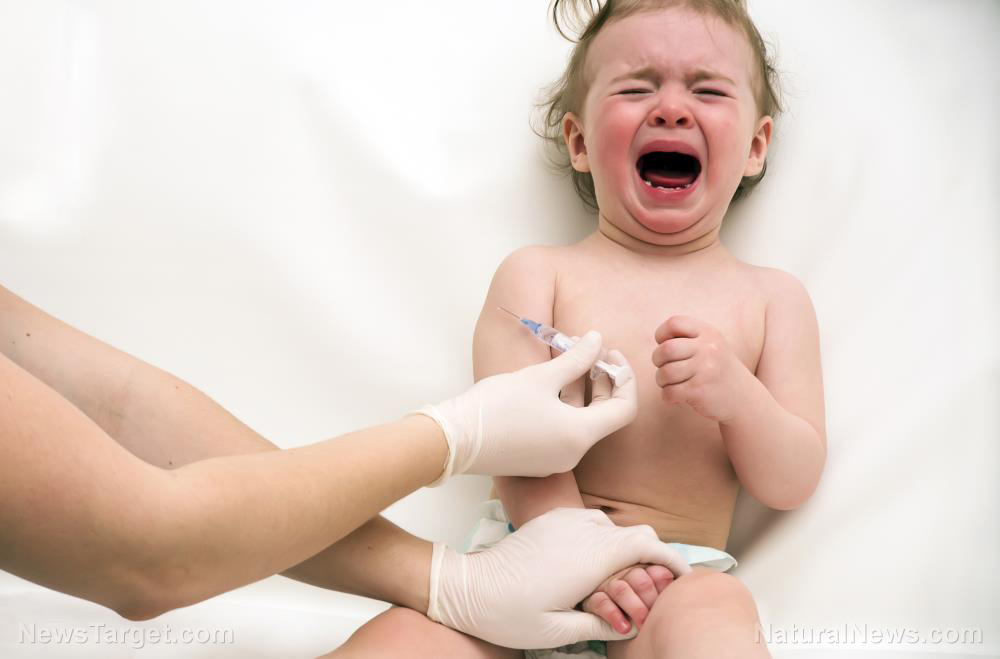
Dr. Rochelle Walensky, director of the Centers for Disease Control and Prevention (CDC), expects all classes to be fully in person by fall. She says that parents and teachers should anticipate this regardless of whether children are vaccinated or not.
"We should anticipate, come September 2021, that schools should be full-fledged in person and all of our children back in the classroom," the health chief told ABC News during an Instagram Live interview on April 7.
The CDC revised its guidance on school reopenings in preparation for this shift. Last updated on March 19, the revised guidance emphasized the importance of ventilation and modified the social distancing protocol from six to three feet. It also removed the recommendation for physical barriers.
This comes as more schools across the United States reopen, reducing the number of students learning in remote or hybrid settings. School reopening trackers predict that this decrease will be followed by an even sharper decline – a potential sign of a gradual return to traditional, in-person learning.
Schools return to in-person learning
Burbio, an organization that monitors 1,200 school districts including the 200 largest districts in the country, found that the percentage of K-12 students who attended a virtual school late last month went down by 18.1 percent. Meanwhile, the percentage of those learning through a hybrid set-up plummeted by 30.7 percent. Students enrolled in a traditional, in-person school five days a week increased by 51.2 percent.
The shift was driven mainly by elementary and middle school students, who showed a larger decrease than the older student populations in both virtual and hybrid learning and larger increases in in-person learning.
With schools now able to tap into the tens of billions of dollars in federal relief to pay for reopening costs, Burbio forecast a continued decrease in the number of students learning remotely or through a hybrid model – perhaps an even sharper decline.
Even late last month, there was already a marked movement in some states. Massachusetts, for instance, anticipated that 90 percent of its students in kindergarten through fifth grade would receive traditional in-person instruction by April – a shift that Burbio was already recording. A similar shift was also expected in New Mexico and Oregon, where officials announced plans to prioritize returning elementary and middle school children to in-person learning.
But some roadblocks remain in communities of color, which had been hamstrung by dated school facilities with poor ventilation and the lack of indoor and outdoor space to facilitate social distancing. Higher rates of COVID-19 transmission and the disproportionate impact that the Wuhan coronavirus pandemic had on the families they serve were also key factors for the slow progress in these communities.
But overall, signs point to a gradual return to classroom-based schooling. Philadelphia schools started to conduct in-person classes early last month for students in pre-kindergarten through second grade. High school students in New York City also returned to classrooms last month while high schoolers in Chicago could return as early as April 19.
Meanwhile, Los Angeles is expected to bring back in-person classes in the middle of this month. (Related: Biden administration causes confusion over reopening schools, flip-flops on whether to vaccinate teachers.)
Students struggled with remote learning
The government's bungled response to the pandemic took a huge toll on the academic performance of students struggling to adjust to remote learning. In Houston, one of the biggest school districts in the country, 42 percent of students received one or more Fs in the first grading period last year, which was completely virtual. Meanwhile, only 26 percent fell in that category in the year before.
On top of this, cases of mental health problems among students rose amid the shift to virtual classes. Data from the CDC showed that mental health-related emergency room visits between March and October last year jumped by nearly 28 percent for children ages five to 17, compared to the same period in 2019.
EducationSystem.news has more on education in the time of the pandemic.
Sources include:
Crude oil production in Alaska at its lowest level in more than 40 years
By Arsenio Toledo // Share
Biden erased decades of historic crimes in his speech to Congress
By News Editors // Share
FBI raids Alaska spa to “recover Pelosi’s laptop” stolen from U.S. Capitol, owners reveal
By News Editors // Share
Two-year-old baby DIES during Pfizer’s Covid-19 vaccine experiments on children
By Ethan Huff // Share
Mercedes-Benz pays $150 million to settle state diesel emissions cheating claims
By isabelle // Share











